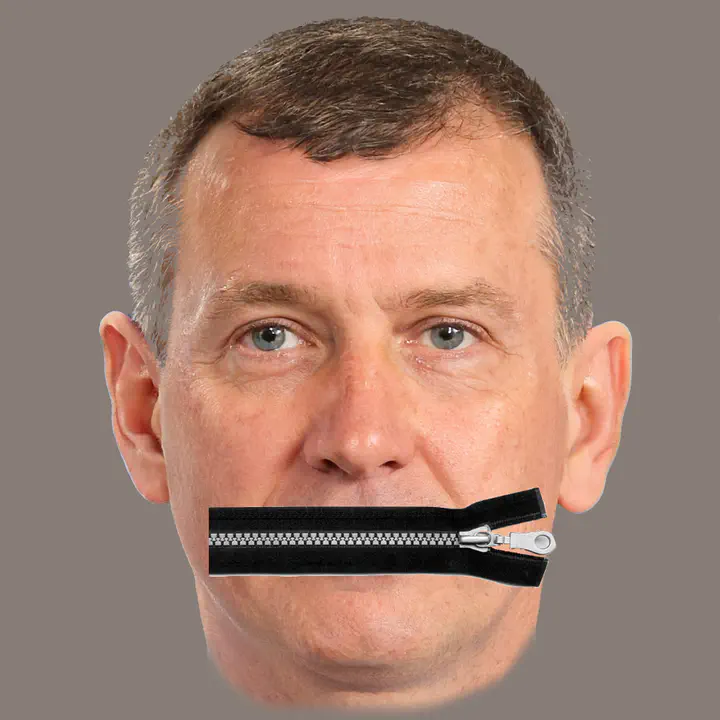Language-training induced oscillatory effects in stroke patients with aphasia
Is oscillatory activity in resting state recordings different, when comparing pre- vs. post rehabilitation training?

Context
Left-hemispheric stroke can lead to different language deficits, which are a heavy burden both, for the individual and his/her social interaction, as well as for society. While spontaneous recovery in the first weeks after the stroke may reduce this so-called aphasia, many patients remain with different language problems also in the chronic phase. The rehabilitation of these stroke-induced language deficits can be brought forward in chronic patients with a novel BCI-based training approach developed in our research group. The training so far has been tested successfully in a pilot trial (see https://doi.org/10.1093/braincomms/fcac008).
Research question
To better understand the underlying mechanisms of the observed training success, we would like to investigate the following question:
Which changes of oscillatory activity as measured by EEG relate to successful language training with the novel BCI-based approach?
Skills required:
- BCI background (BKI 323)
- Good programming skills in Python (familiarity with numpy, sklearn, at least one popular deep learning framework).
- Good mathematical background and intuition.
- Machine learning background